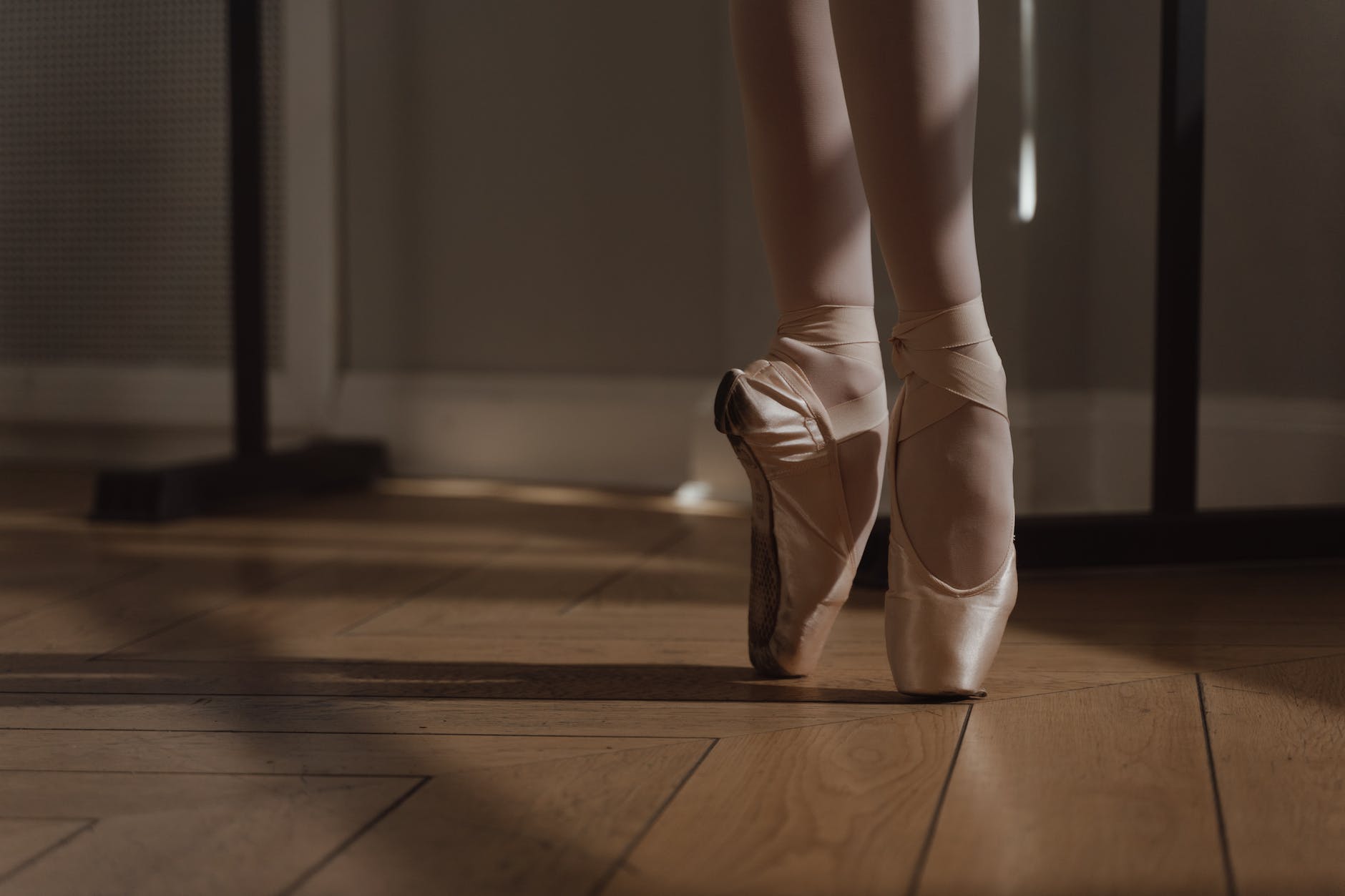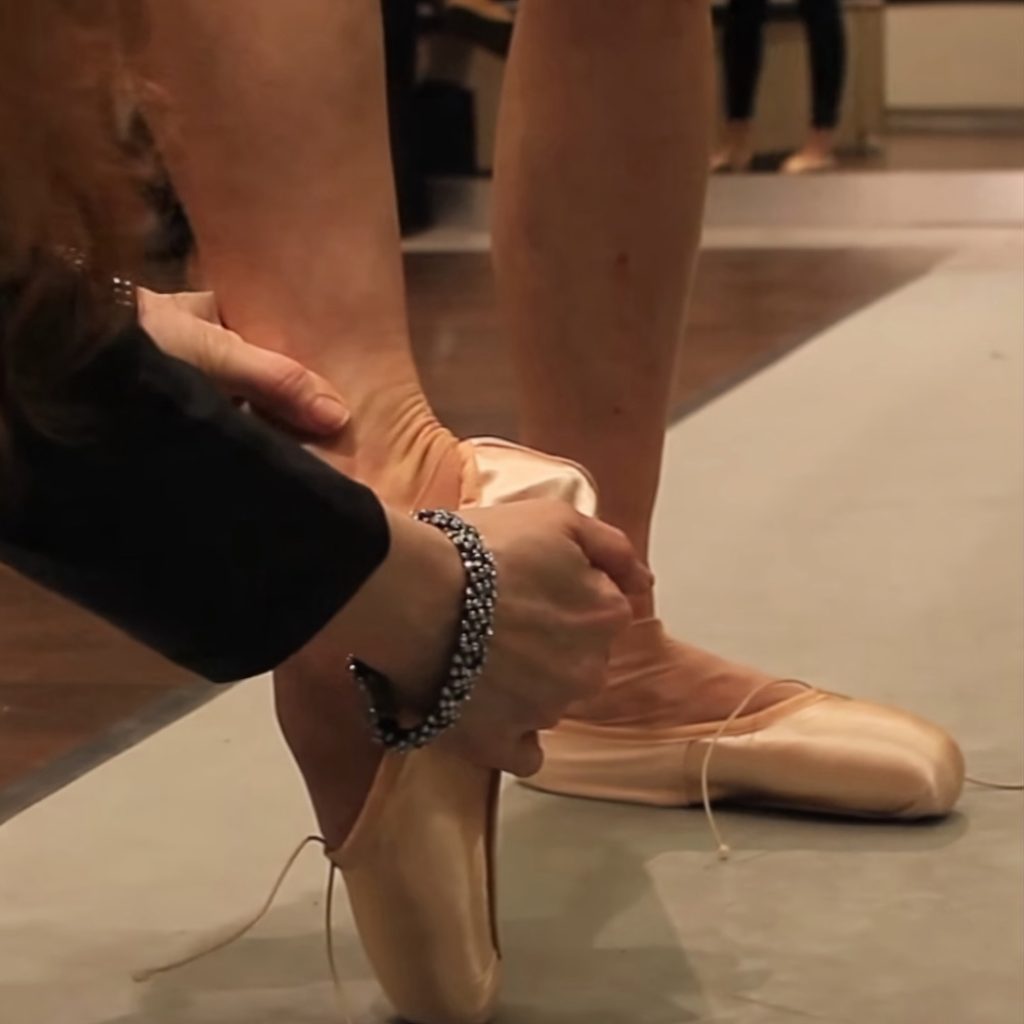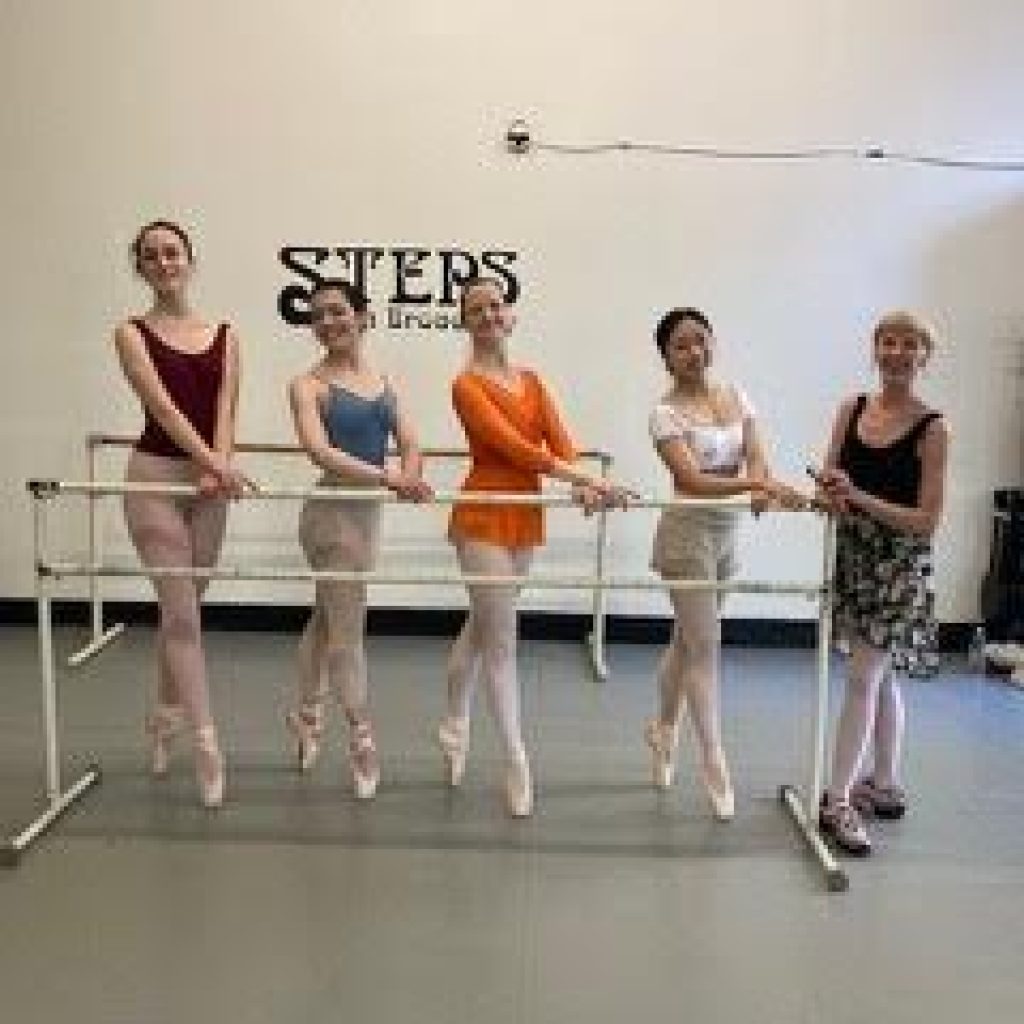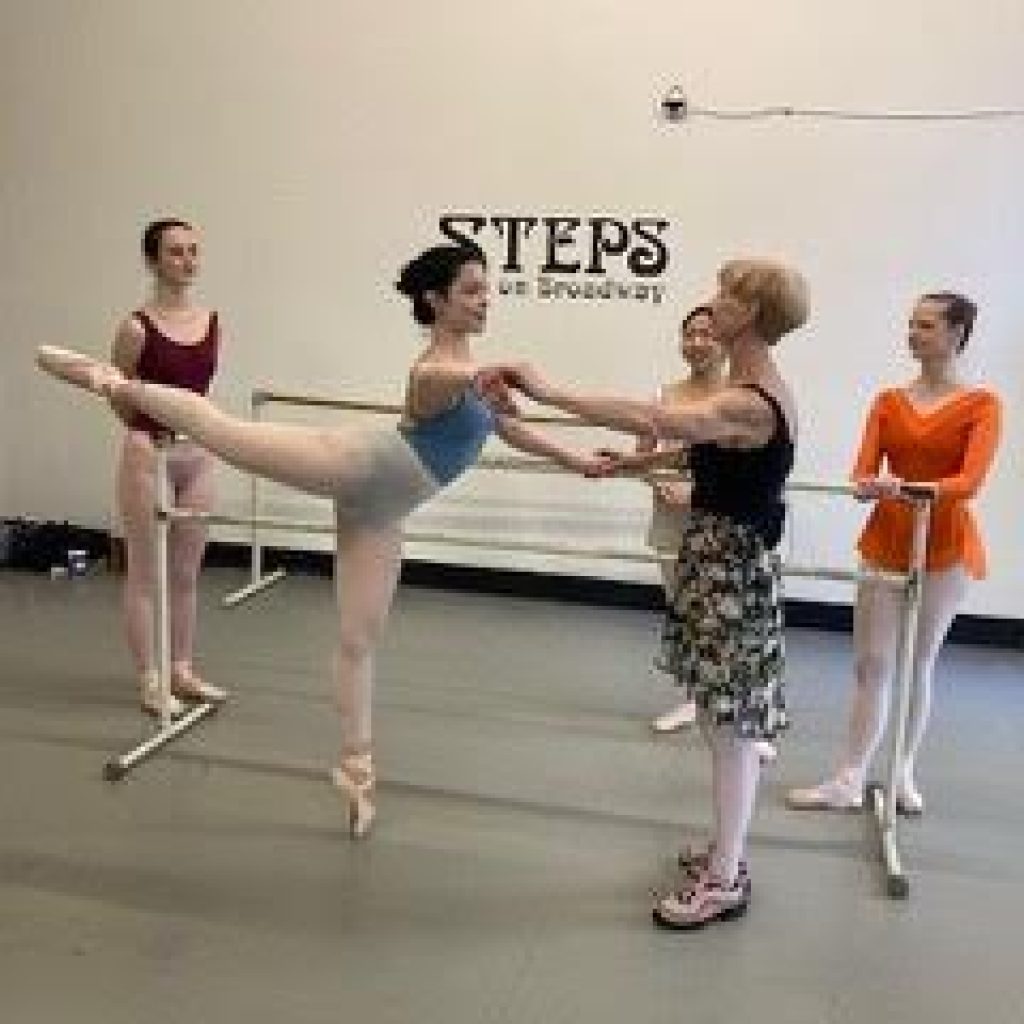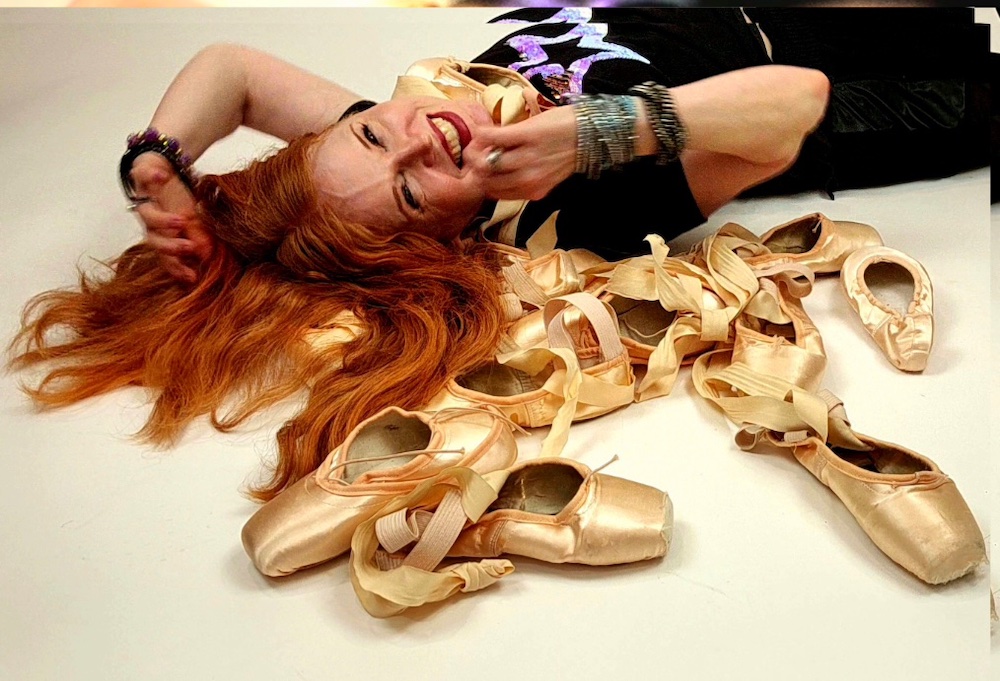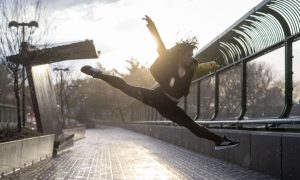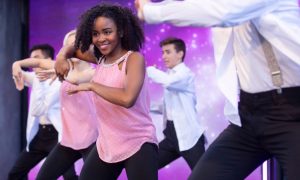Pointe is a significant milestone in the life of any ballet dancer, marking their accomplishment in training. The typical image that comes to mind is that of a young ballerina, light as a feather, effortlessly balancing on the tips of her toes. A professional ballet career demands rigorous training, extraordinary physical strength and sacrifice. To make pointe work look effortless, one must practice meticulously from a young age. But what if you discovered your love for this art form later in life? What if you stopped dancing early, only to find yourself falling in love with it all over again? What if you’re excited about learning something new and ready to take the next step? It’s essential to understand that adults can indeed dance en pointe, but they must be aware of the unique challenges that come with it.
Ballet has strict requirements for pointe shoe readiness, including correct alignment, strength, flexibility, and a dedication to investing time and effort. One advantage of training as an adult is that the epiphyseal, or growth plates are closed, which means the bones are strong and less susceptible to injury. However, one disadvantage is that the flexibility required to go en pointe is developed in young dancers from an early age. Adults need to play catch up and gain the necessary stretch and strength to rise up onto the toe box. Exercises with a Theraband, proper tendus, and maintaining good demi-pointe alignment are crucial in building flexibility and power. Core strengthening, calf raises and foot doming exercises should be on your must-do list. To enhance overall muscle strength, participating in a weekly conditioning class like Pilates, Progressing Ballet Technique or resistance training can be highly beneficial. Pilates classes are widely available, and YouTube offers numerous videos with easy-to-follow home workouts for strength-building. Make sure you commit to the conditioning outside of the classroom. It will pay off when you are able to execute demanding barre work like échappés or one-legged relevés.
The challenge of finding time for ballet classes can be daunting, especially for individuals with busy lives where family and work take priority. Asking someone to attend multiple ballet classes, in addition to separate pointe classes, can be a tall order. Therefore, it is advisable for any adult looking to dance en pointe to be in enough ballet classes to reach the required technical level.
Kathy Sullivan, who has been teaching ballet and pointe to adults in NYC for 35 years, recommends taking ballet classes two or three times a week. “Ballet technique classes are essential to build the skills necessary for pointe work,” she says. It is important to get feedback from teachers on your skill level and if you are ready to go en pointe. Enthusiasm counts for a lot, but every dancer, no matter what the age, needs feedback from a trusted professional. The teachers really do have your best interest at heart and can help you achieve your goals, even if those goals take longer than expected.
Allie Radice, a singer/dancer living in NYC, began her pointe journey at the age of 24. She shares, “I am a musical theater performer, and I was always interested in pointe and wanted to have it as an additional skill. I asked my teachers their thoughts on starting pointe work, and all agreed it would be good for me.”
Make sure to get a good fitting from a trained professional. A qualified fitter can offer suggestions for shoe types and padding. Trying to fit yourself by ordering shoes online usually leads to unhappy feet and expensive shipping returns. The shoes are meant to fit you like a glove or a second skin, and it is almost impossible to get that without guidance. Ask your teacher for a recommendation for a local dance store, and call ahead to book an appointment. Plan to spend anywhere from 45 minutes to an hour in the fitting. Your first pair is really too important to rush, and by all means, take some pictures to memorialize the occasion.
Radice sought advice from her teachers on the best shoes to wear, starting with harder-constructed shoes before transitioning to something lighter that allowed her to feel the box better. She also began taking classes with Sullivan at Steps on Broadway and asked for assistance. Sullivan offered valuable guidance on choosing the right shoes and recommended a style with a flatter box for improved balance. Radice now takes two or three pointe classes per week, in addition to ballet, theater and jazz. She also incorporates Pilates into her routine and works with physical therapists from the Harkness Center for Dance Injuries. Radice notes, “I believe I have become significantly stronger and more agile with the assistance I receive from my physical therapist. It’s something every dancer should have in their arsenal.”
Be confident knowing that ballet teachers really enjoy working with adults. Sullivan says, “They are more focused and motivated, and more likely to have fun with the novelty of doing pointe at their age. They know they are not going to audition for a ballet job, have less pressure and can have a more relaxed approach to learning slowly.”
What should you expect to get out of studying pointe work? Radice says, “Pointe has brought numerous benefits into my life, including improved technique and a solid foundation for dance auditions. When under pressure, my technique remains reliable, and pointe work has played a significant role.”
Finally, be patient with yourself. It takes a long time to get adept at pointe work. Think of the race with the tortoise and the hare where slow and steady is the winner. Sullivan provides some final, sage advice: “Don’t expect to perform Swan Lake. Just have fun, enjoy the journey, and see how far it can take you.”
Kathy Sullivan currently offers ballet and pointe classes for adults and pre-professionals in Manhattan at Steps on Broadway and Peridance Center.
By Mary Carpenter of Dancewithmary NYC.
Mary Carpenter is a former professional ballet dancer who began her studies at CCM, the official school for the Cincinnati Ballet Company, and was on scholarship at the David Howard Dance Center. Mary also holds a BA with high honors in dance from Butler University. She has danced for the Metropolitan Opera Ballet, Ohio Dance Theatre, Granite State Ballet, Maryland Ballet, Lexington Ballet and Charleston Ballet, and performed in numerous off-Broadway shows. Mary has contributed to the dance community as a dedicated instructor in ballet, Pilates and Progressing Ballet Technique (PBT), and served on the faculty of Broadway Dance Center, the Ballet Hispánico School of Dance, Barnard College and The New School University. She is current faculty for Ballet Academy East and the world-famous Steps on Broadway. Her classes for adult beginners are available virtually on the Dancio.com website.
With over three decades of experience, Mary has become a highly skilled pointe shoe fitter. She has worked with dancers from prestigious companies such as American Ballet Theatre (ABT), The Royal Ballet and New York City Ballet. Her expertise in fitting pointe shoes has led her to give lectures at renowned summer programs, including ABT/JKO, Dance Theatre of Harlem, NYSSSA and Oklahoma Summer Arts in Quartz. In 2015, Mary launched her YouTube channel, “Dancewithmary NYC,” where she shares her knowledge and expertise on pointe shoes through monthly segments. Her channel has become a valuable resource for dancers and teachers seeking guidance and advice.


